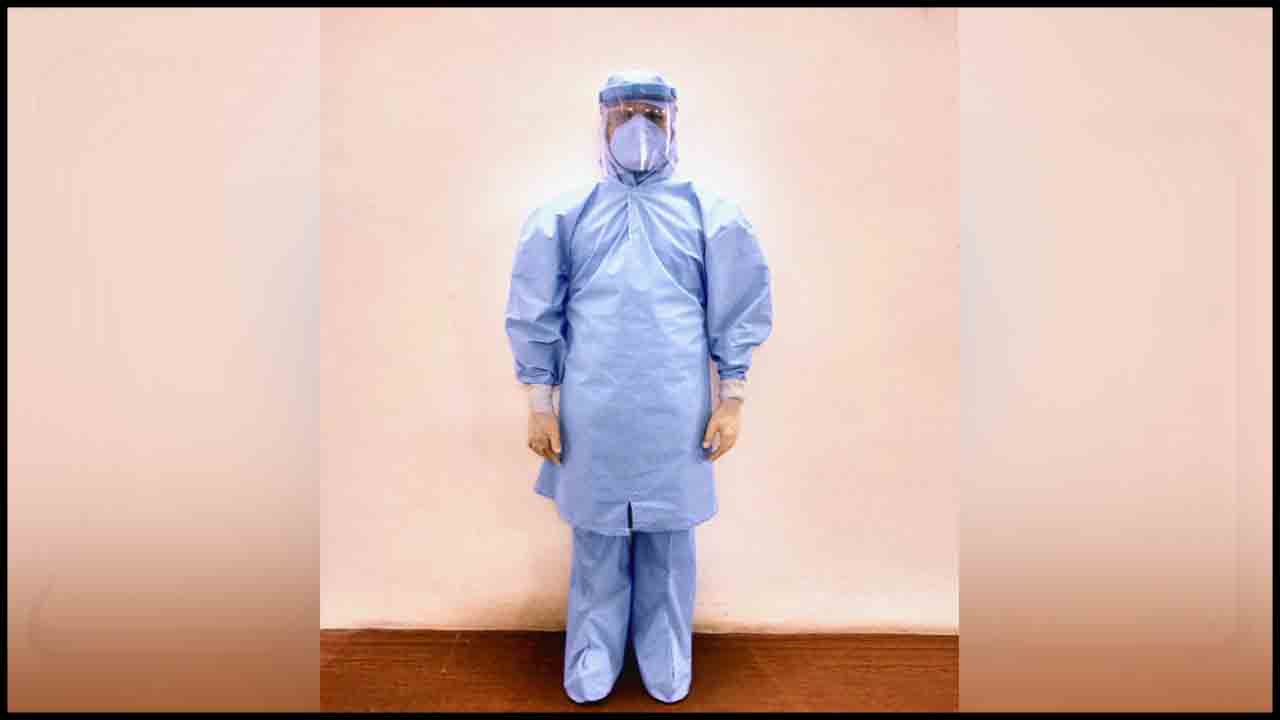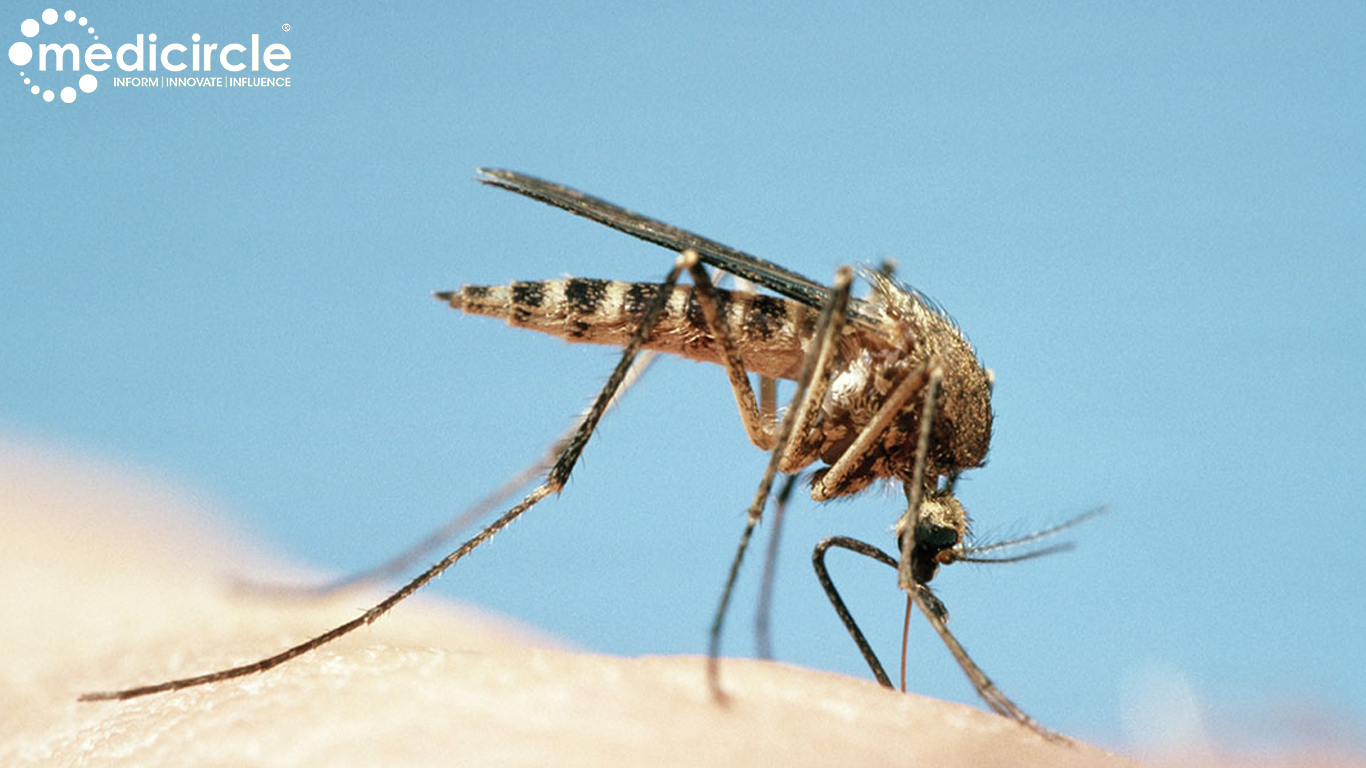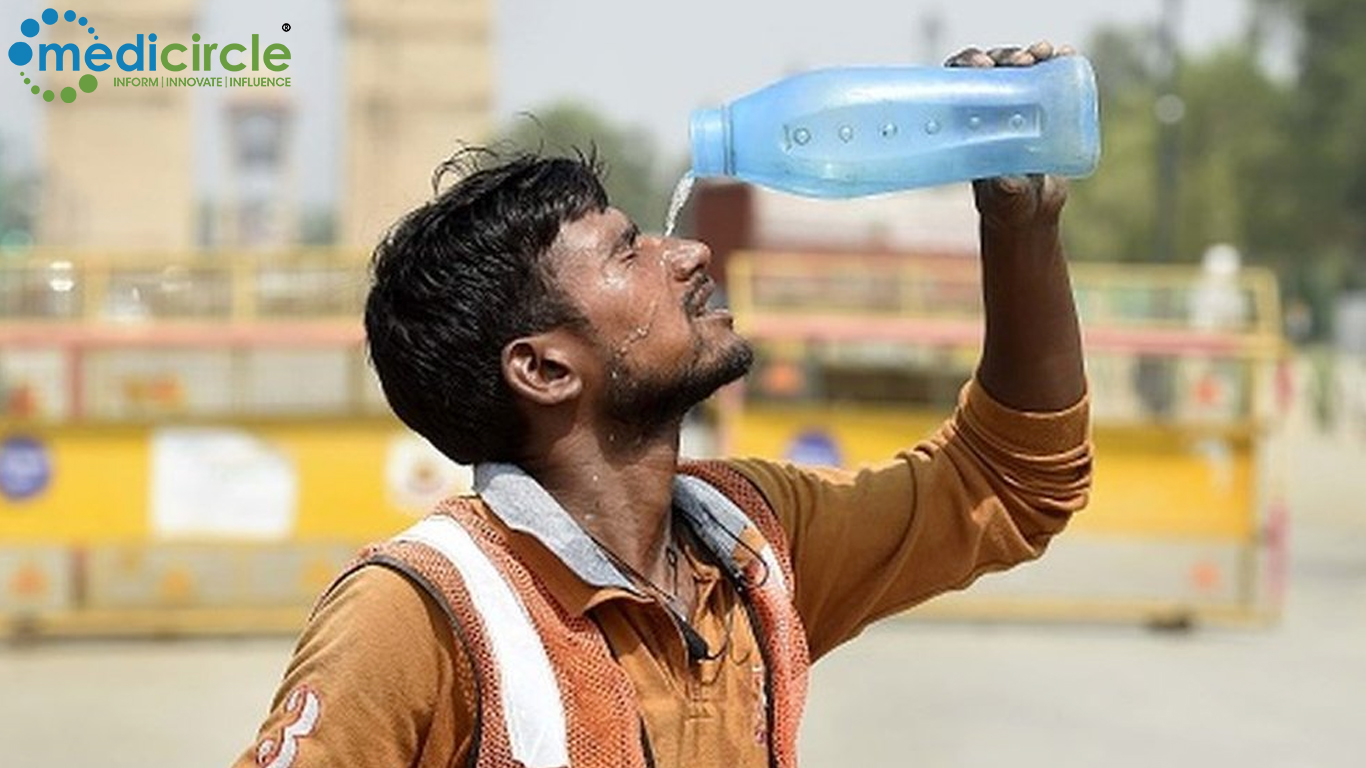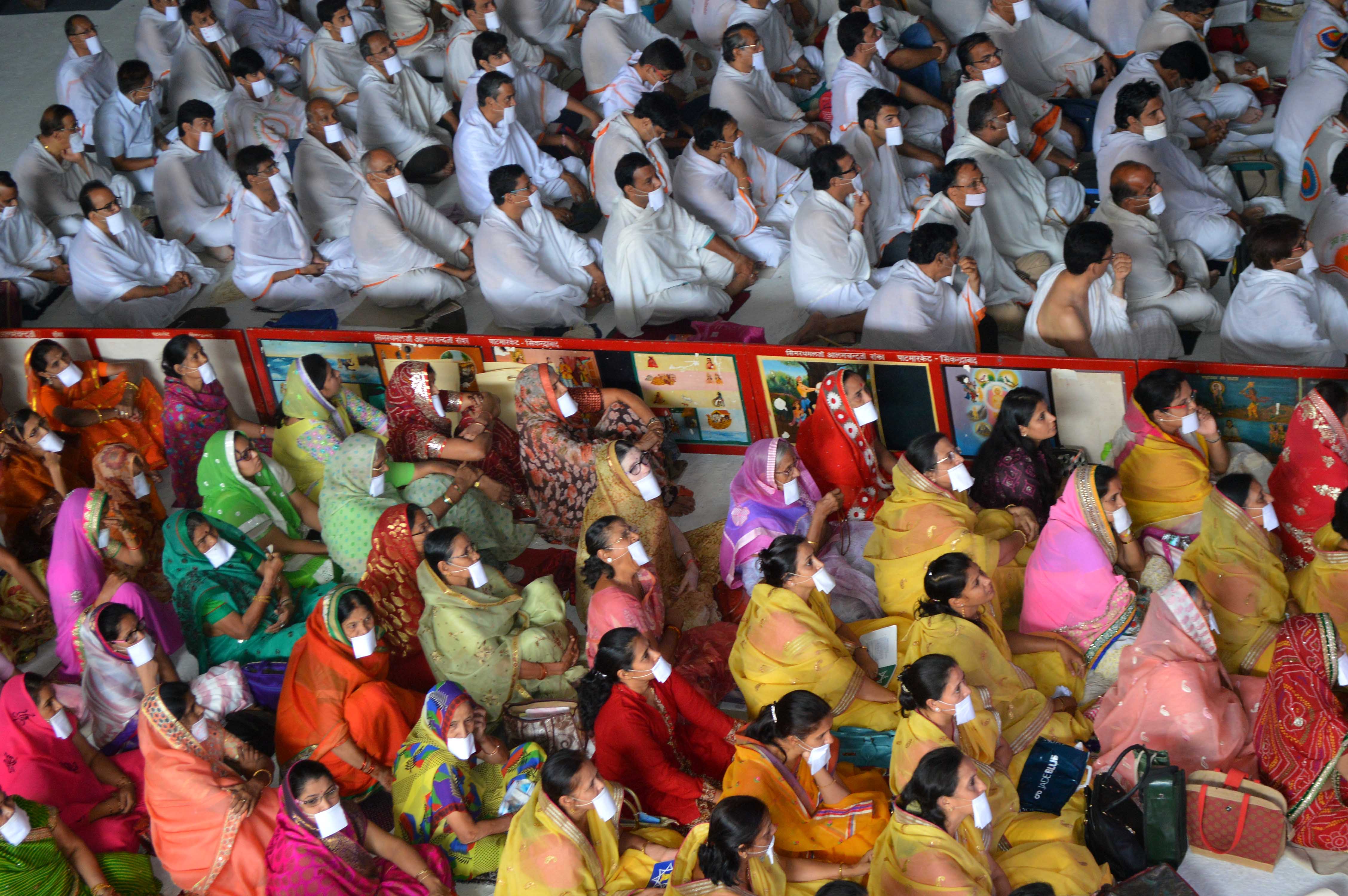Doctors, medical professionals, healthcare workers and other frontline warriors are continuously contributing to the fight against COVID-19 in India. These professionals have to come across various patients and people affected by Coronavirus on a regular basis. They themselves are at risk of catching the virus if they don’t protect themselves using a PPE or Personal Protection Equipment.
Wearing a PPE is the most significant way to protect health care workers from COVID19 as it minimizes their exposure to a biological agent or a virus. But it is hard to imagine the state of professionals wearing a multi-layered coverall PPE while treating COVID19 patients and working like this for the next 6, 8 or 12 hours in hot and humid weather conditions.
A doctor, who best understands the pain of other doctors, has come up with a feasible and effective solution to address this issue.
Indian Navy’s NavRakshak PPE with its innovative fabric material, has added new hopes to the medical world and health care professionals, a PPE that is made from the perspective of healthcare workers.
“When it comes to PPE, everyone is concerned only about the water, blood, body fluid resistant levels of the material used in making of PPE but the comfort and breathability of such PPE is something few have paid attention to. This PPE is made by a doctor, keeping in mind a doctor’s pain,” said Surgeon Lieutenant Commander Arnab Ghosh from Naval Medical Specialist of Innovation Cell, Institute of Naval Medicine Mumbai, the man behind the conceptualisation of the low-cost PPE.
Navrakshak – which translates to a “novel protector”, has two distinctive factors; optimal protectiveness and optimal breathability.
Lieutenant Commander Arnab Ghosh said: “As a doctor I can say, most of the PPE available in the Indian market are ignoring the ‘breathability’ factor. Because of this, the health care workers get easily exhausted due to the prolonged use of substandard, low quality PPE.”
Breathability is the ability of the fabric to permit water vapor to pass through and to prevent the entry of water. The comfort properties of a fabric depend on its ability to transmit water and vapor from the body to prevent accumulation of liquid on the skin. In this way, thermal energy generated by the body will be transmitted, and vapor moisture will be diffused, resulting in a comfortable condition.
In order to meet the unexpected demand due to COVID-19, many NGOs and organisations have already been actively involved in procuring and supplying PPE to the aid of hospitals. One concern here is that of maintaining quality of the PPE supplied. Quality matters because a substandard PPE can cause more loss to the health care workers, since this can lead to a false sense of protection from the virus.
NavRakshak uses a non-woven advanced quality fabric of specific GSM with a certain stitching technique. The unique character of the fabric used is its strong uniform structure which can act as an excellent barrier for liquids, particles, blood and body fluids.
Intellectual Property Facilitation Cell (IPFC) of Ministry of Defence has already filed patent for the innovative cost-effective PPE developed by Indian Navy, to enable rapid mass production of NavRakshak PPE.
“It took me seven days to make this PPE. I had to do an extensive research about a wide variety of fabrics, had to study about different medical garments like headgears, gloves etc. Due to the lockdown it was even difficult for us to obtain the raw materials. After much research I arrived at this new technology”, said Lt. Cdr Ghosh.
A pilot batch of PPE has already been produced at Naval Dockyard Mumbai. Innovation Cell, Institute of Naval Medicine, Mumbai and the Naval Dockyard Mumbai have collaborated to design and produce the PPE. The new technology has already been tested by INMAS (Institute of Nuclear Medicine and Allied Sciences) Delhi, a DRDO organization tasked with the testing and certification of PPE. The PPE passed with 6/6 Synthetic blood penetration resistance test pressure (Government of India mandates minimum 3/6 and above level as per ISO 16603 standard). It is thus certified to be mass produced and used in clinical COVID situations.
“In fact Naval dockyard has been a partner in this venture, in getting the ground level physical work done like procuring and stitching”, Lt Cdr Ghosh added.
It has been made by adhering to the benchmark standards for PPE fixed by the Indian Council of Medical Research (ICMR) and Ministry of Health & Family Welfare (MoHFW), which has been promulgated based on WHO’s international standards.
“It enhances the user comfort even under prolonged use in hot and humid conditions and is extremely economical. After making it, I tested the PPE on me by wearing it for 2-3 hours, switching off the fans, to test how long a doctor/user can sustain this comfortably”, he said.
Lt Cdr Ghosh believes that if anyone is compromising on the quality of the PPE, then why not use a raincoat instead? Many are bound to use substandard PPE because of the lack of availability of good quality PPE.
“It is not an innovation of just an individual, since Indian Navy has come up with this innovation, it is a ‘national product’ now. It has to reach everyone because it takes care of the health care heroes and also keeps them comfortable.”
This innovation by Indian Navy is in line with the clarion call by the Prime Minister Shri Narendra Modi to make India ‘self -reliant’ in times of crisis.
The pandemic has created a sudden increase in demand for PPE, hence efforts are now on to commence mass production of this low-cost PPE. Eligible firms are being identified by NRDC for taking up licensed production of the PPEs on a fast track basis.

 A New Protector for Doctors, by A Doctor: A PPE that provides enhanced comfort in the Indian climate
A New Protector for Doctors, by A Doctor: A PPE that provides enhanced comfort in the Indian climate
























.jpeg)









